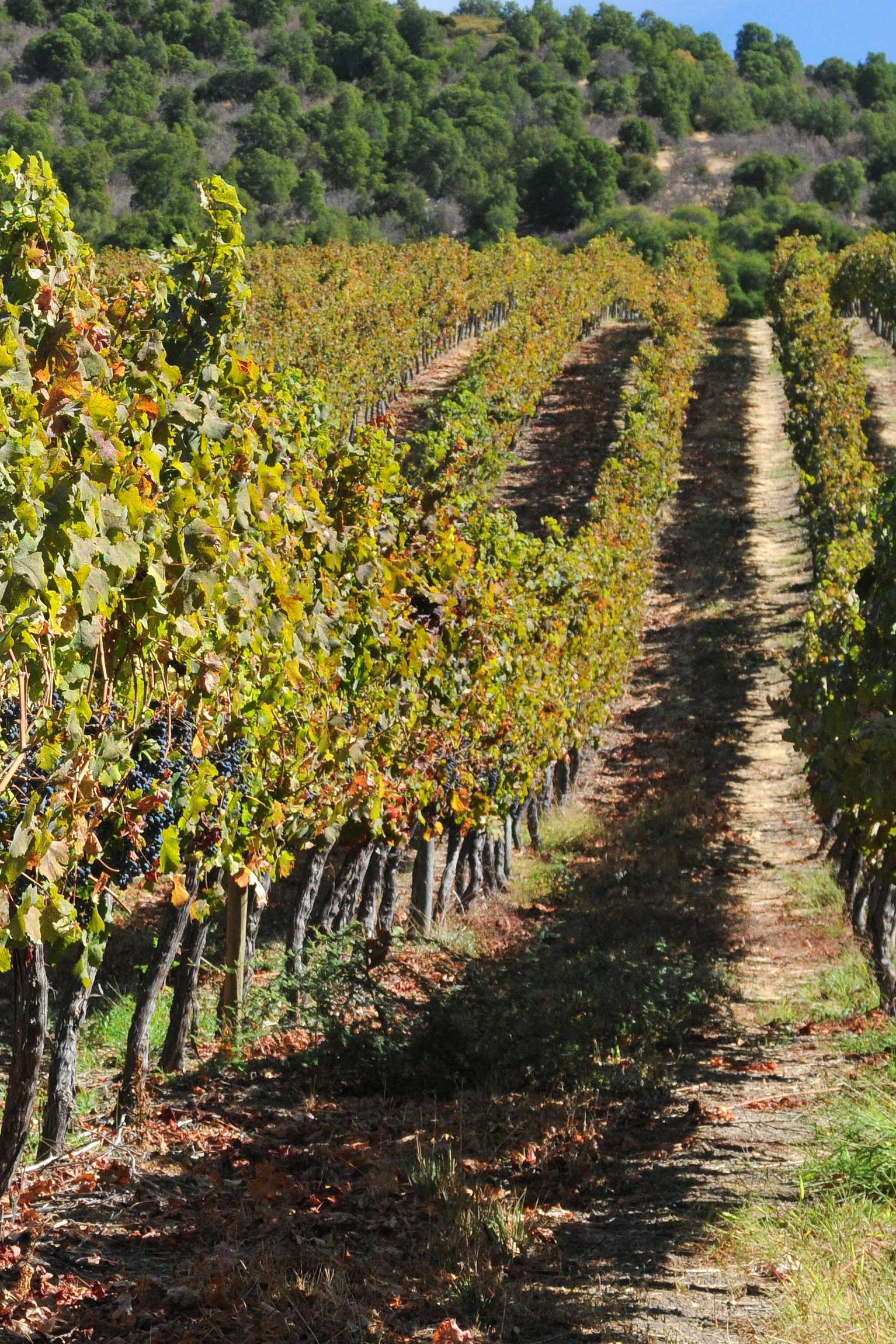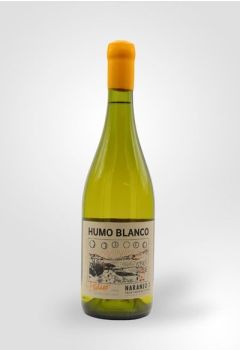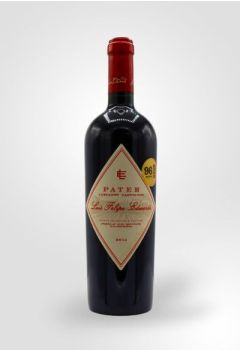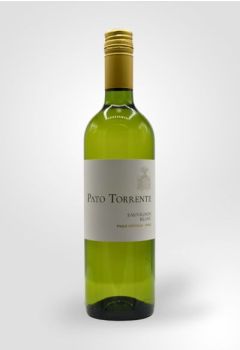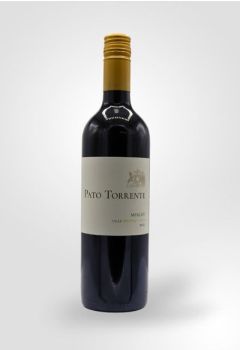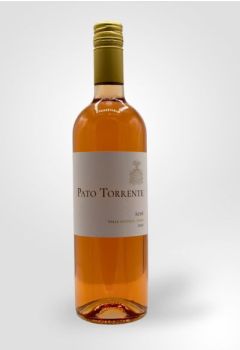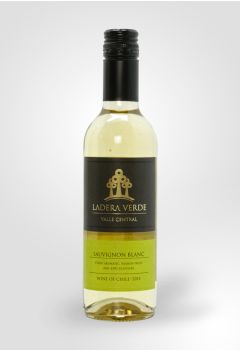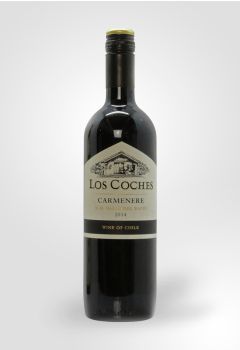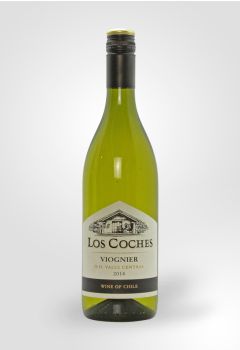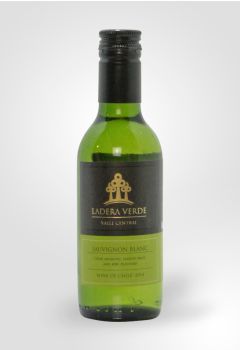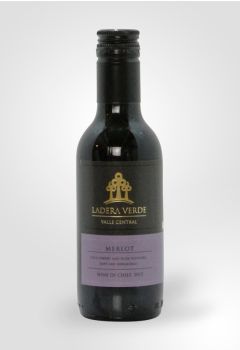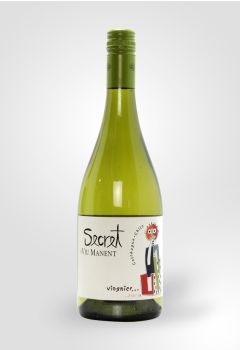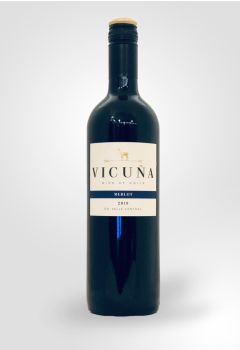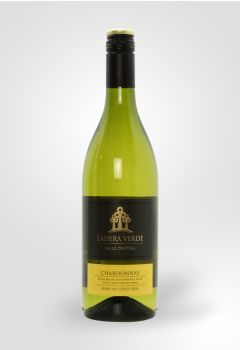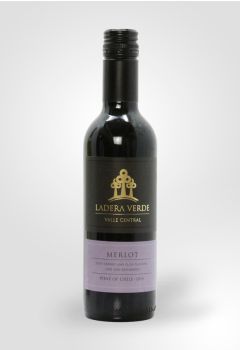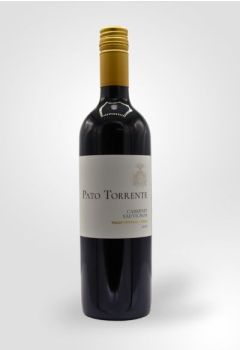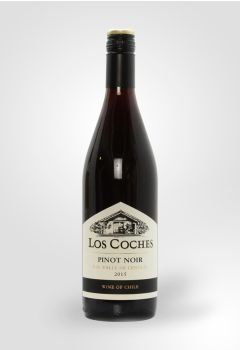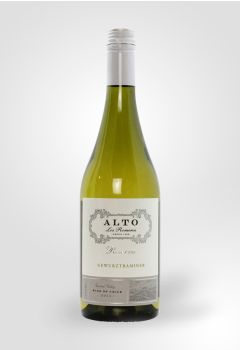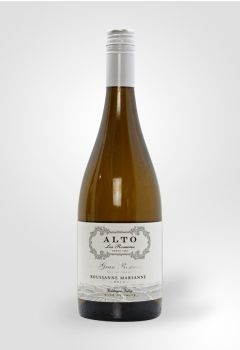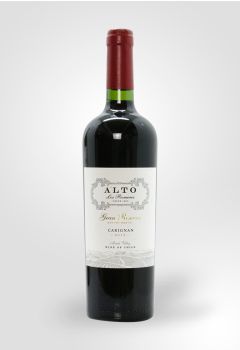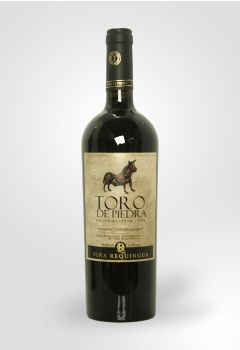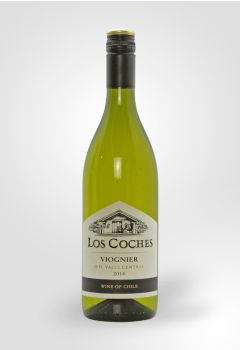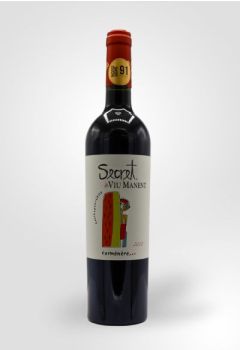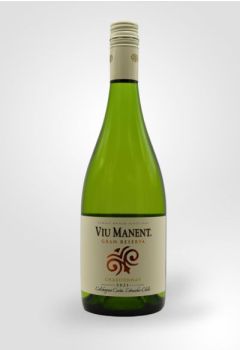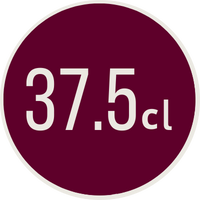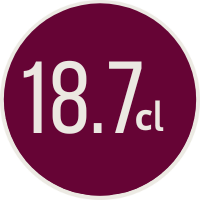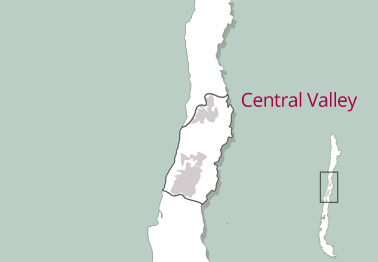
-
- Origin
- Chile
- Central
- Colchagua Valley
Fruity notes reminiscent of quince, pear and apricot as well as an intense presence of mandarin and orange zest nuanced with aromas of beeswax and a p... Read More- Origin
- Chile
- Central
- Colchagua Valley
Fruity notes reminiscent of quince, pear and apricot as well as an intense presence of mandarin and orange zest nuanced with aromas of beeswax and a p... Read More -
- Origin
- Chile
- Central Valley
- Colchagua
Pater is the flagship wine from the Luis Felipe Edwards portfolio and the 2014 vintage has received stunning recognition from the top wine critics. We... Read More- Origin
- Chile
- Central Valley
- Colchagua
Pater is the flagship wine from the Luis Felipe Edwards portfolio and the 2014 vintage has received stunning recognition from the top wine critics. We... Read More -
- Origin
- Chile
- Central Valley
Aromas of black plum, blackberry, blueberry and maraschino cherry characterize this wine. The palate is fruity, with juicy and soft tannins. Read More- Origin
- Chile
- Central Valley
Aromas of black plum, blackberry, blueberry and maraschino cherry characterize this wine. The palate is fruity, with juicy and soft tannins. Read More -
- Origin
- Chile
- Central Valley
Packed with strawberry flavour, this is an excellent rosé from Chile and priced to suit all budgets, ideal for the summer BBQ season. Read More- Origin
- Chile
- Central Valley
Packed with strawberry flavour, this is an excellent rosé from Chile and priced to suit all budgets, ideal for the summer BBQ season. Read More -
- Origin
- Chile
- Central Valley
A deliciously crisp Sauvignon Blanc with the vibrant bouquet so typical of this grape variety. A brilliant find. Read More- Origin
- Chile
- Central Valley
A deliciously crisp Sauvignon Blanc with the vibrant bouquet so typical of this grape variety. A brilliant find. Read More -
- Origin
- Chile
- Central Valley
A wonderful ruby red colour with aromas of plums and cherries with subtle hints of spice, chocolate and coffee. Soft and well rounded on the palate wi... Read More- Origin
- Chile
- Central Valley
A wonderful ruby red colour with aromas of plums and cherries with subtle hints of spice, chocolate and coffee. Soft and well rounded on the palate wi... Read More -
- Origin
- Chile
- Central Valley
Soft, pale straw in colour; this wine has an intensely floral nose with hints of ripe peach. Full and rounded on the palate ending with a long honey-l... Read More- Origin
- Chile
- Central Valley
Soft, pale straw in colour; this wine has an intensely floral nose with hints of ripe peach. Full and rounded on the palate ending with a long honey-l... Read More -
- Origin
- Chile
- Central Valley
A deliciously crisp Sauvignon Blanc with the vibrant bouquet so typical of this grape variety. A brilliant find. Read More- Origin
- Chile
- Central Valley
A deliciously crisp Sauvignon Blanc with the vibrant bouquet so typical of this grape variety. A brilliant find. Read More -
- Origin
- Chile
- Central
- Colchagua Valley
Pale yellow green in colour with complex, fresh and fruity aromas. This wine displays notes of ripe exotic fruits with hints of apricots and pears. Ve... Read More- Origin
- Chile
- Central
- Colchagua Valley
Pale yellow green in colour with complex, fresh and fruity aromas. This wine displays notes of ripe exotic fruits with hints of apricots and pears. Ve... Read More -
- Origin
- Chile
- Central Valley
A stunning scented Merlot with a full and pleasing length and depth of flavour. Loads of plummy fruit flavour are well complimented by soft tannin and... Read More- Origin
- Chile
- Central Valley
A stunning scented Merlot with a full and pleasing length and depth of flavour. Loads of plummy fruit flavour are well complimented by soft tannin and... Read More -
- Origin
- Chile
- Central Valley
Full and round, this dry red wine has a strong, spicy character with generous flavours of cassis and red cherries on the palate. Read More- Origin
- Chile
- Central Valley
Full and round, this dry red wine has a strong, spicy character with generous flavours of cassis and red cherries on the palate. Read More -
- Origin
- Chile
- Central Valley
A light body disguises lovely cherry flavour in the mouth. American oak aging gives a subtle, underlying vanilla influence and depth of flavour. Great... Read More- Origin
- Chile
- Central Valley
A light body disguises lovely cherry flavour in the mouth. American oak aging gives a subtle, underlying vanilla influence and depth of flavour. Great... Read More -
- Origin
- Chile
- Central Valley
Characteristically floral and spicy, this wine is a perfect match for Asian food. The surrounding wild rosemary meadows of the Colchagua Valley enhanc... Read More- Origin
- Chile
- Central Valley
Characteristically floral and spicy, this wine is a perfect match for Asian food. The surrounding wild rosemary meadows of the Colchagua Valley enhanc... Read More -
- Origin
- Chile
- Maule Valley
A wine with firm structure, plenty of body and black fruit flavours. The variety has benefited hugely from advances in wine making techniques, as it i... Read More- Origin
- Chile
- Maule Valley
A wine with firm structure, plenty of body and black fruit flavours. The variety has benefited hugely from advances in wine making techniques, as it i... Read More -
- Origin
- Chile
- Central
- Maule Valley
This is a complex and serious wine. The nose shows dark fruits, a mixture of spices and some leather. Firm tannins support flavours of bitter chocolat... Read More- Origin
- Chile
- Central
- Maule Valley
This is a complex and serious wine. The nose shows dark fruits, a mixture of spices and some leather. Firm tannins support flavours of bitter chocolat... Read More -
- Origin
- Chile
- Central Valley
A beautifully characterful aromatic white from the Central Valley in Chile. Displaying crisp, juicy fruit notes on the palate with good length. Read More- Origin
- Chile
- Central Valley
A beautifully characterful aromatic white from the Central Valley in Chile. Displaying crisp, juicy fruit notes on the palate with good length. Read More -
- Origin
- Chile
- Central
- Colchagua Valley
Complex, fruity and spicy on the nose, with black pepper and cherries & a subtle note of tobacco. It has a complex elegant fruity palate full of plums... Read More- Origin
- Chile
- Central
- Colchagua Valley
Complex, fruity and spicy on the nose, with black pepper and cherries & a subtle note of tobacco. It has a complex elegant fruity palate full of plums... Read More -
- Origin
- Chile
- Central
- Colchagua Valley
Intense, lively nose of stone fruits, hint of passion fruit and minerals. Excellent mouthfeel, really refreshing with underlying citrus and added trop... Read More- Origin
- Chile
- Central
- Colchagua Valley
Intense, lively nose of stone fruits, hint of passion fruit and minerals. Excellent mouthfeel, really refreshing with underlying citrus and added trop... Read More -
- Origin
- Chile
Refreshing and silky with tremendous body, very good balance, and a vibrant acidity that gives way to a lingering, intense, and enjoyable finish. Read More- Origin
- Chile
Refreshing and silky with tremendous body, very good balance, and a vibrant acidity that gives way to a lingering, intense, and enjoyable finish. Read More
Between them, these four valleys produce most of Chile's fine wine and, owing to low domestic consumption, about three-quarters of this finds its way onto the export market.
Styles of Wine
For nigh on 20 years Chile, and especially the Central Valley, has provided good everyday wine at a reasonable price and the UK and USA have welcomed it with open arms and tingling tastebuds. This remains the case to this day, but in recent years the Maipo and Rapel Valleys in particular have taken a step up in quality. The red wines are highly regarded, though the whites are often excellent too.
Key Vines
Old World favourites abound, especially those from Bordeaux, for Chile as a nation was strongly influenced by France in the nineteenth century. Cabernet Sauvignon is the most successful and popular vine and is joined by Sauvignon Blanc, Chardonnay, Pinot Noir, Merlot and Semillon. Torrontés, more often associated with Argentina, also has a presence and so does Zinfandel. País is a locally popular grape of no great merit that remains widespread in the Maule Valley.
Carmenère is a nationally and regionally important vine. Once thought to be Merlot, it was recently revealed as a quite distinct variety of grape. It is also a native of Bordeaux, but unlike Merlot has become virtually extinct in its homeland. Happily, it is thriving in its adopted Chile.
Climate and Conditions
Wedged between the Andes and the Pacific Ocean, both of these immense natural features are vital to the vines of the Central Valley. Snowmelt from the former is diverted for irrigation and moist, cool winds from the latter help nurture the grapes. Soil conditions vary from valley to valley, and even within them.
